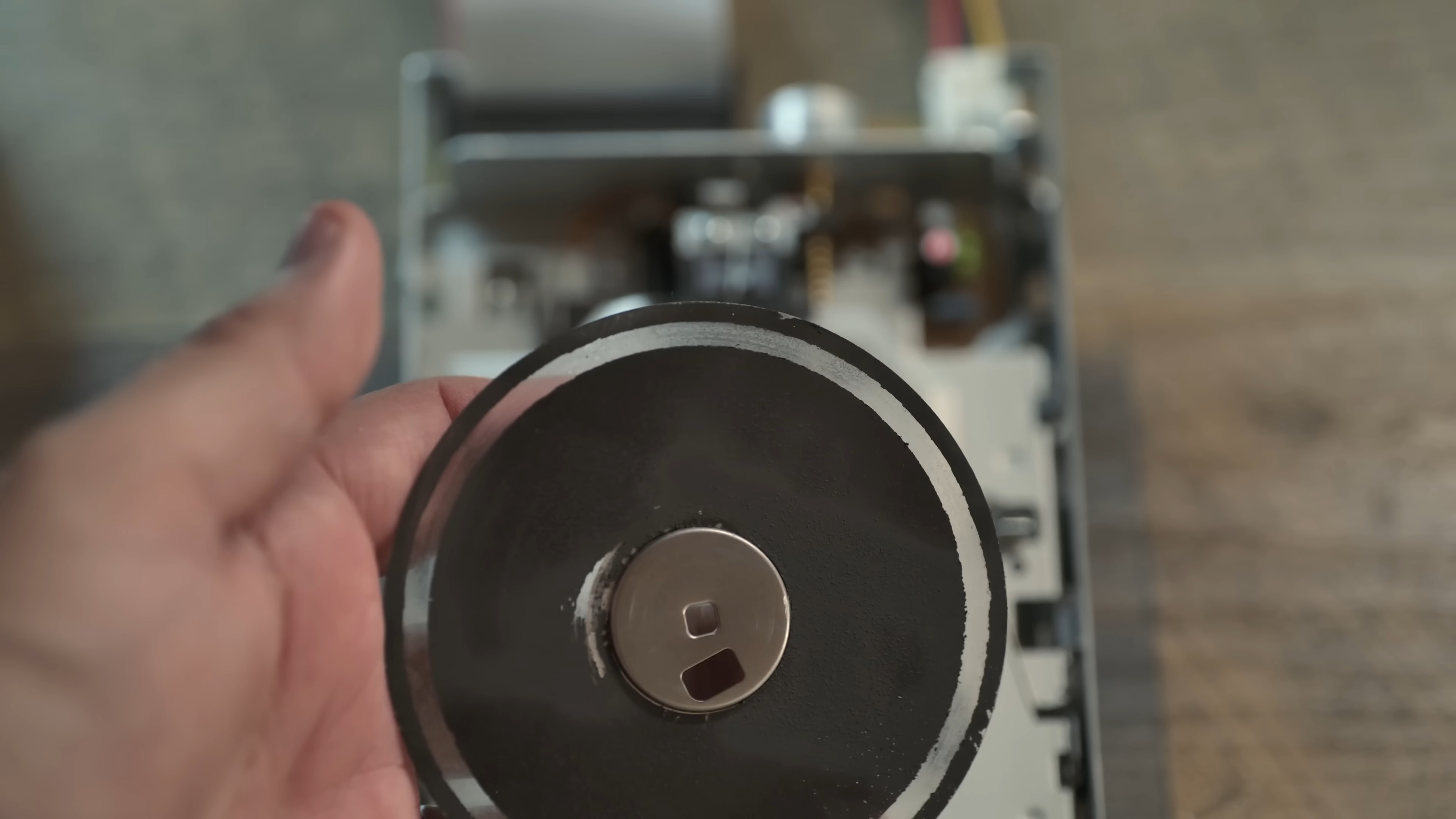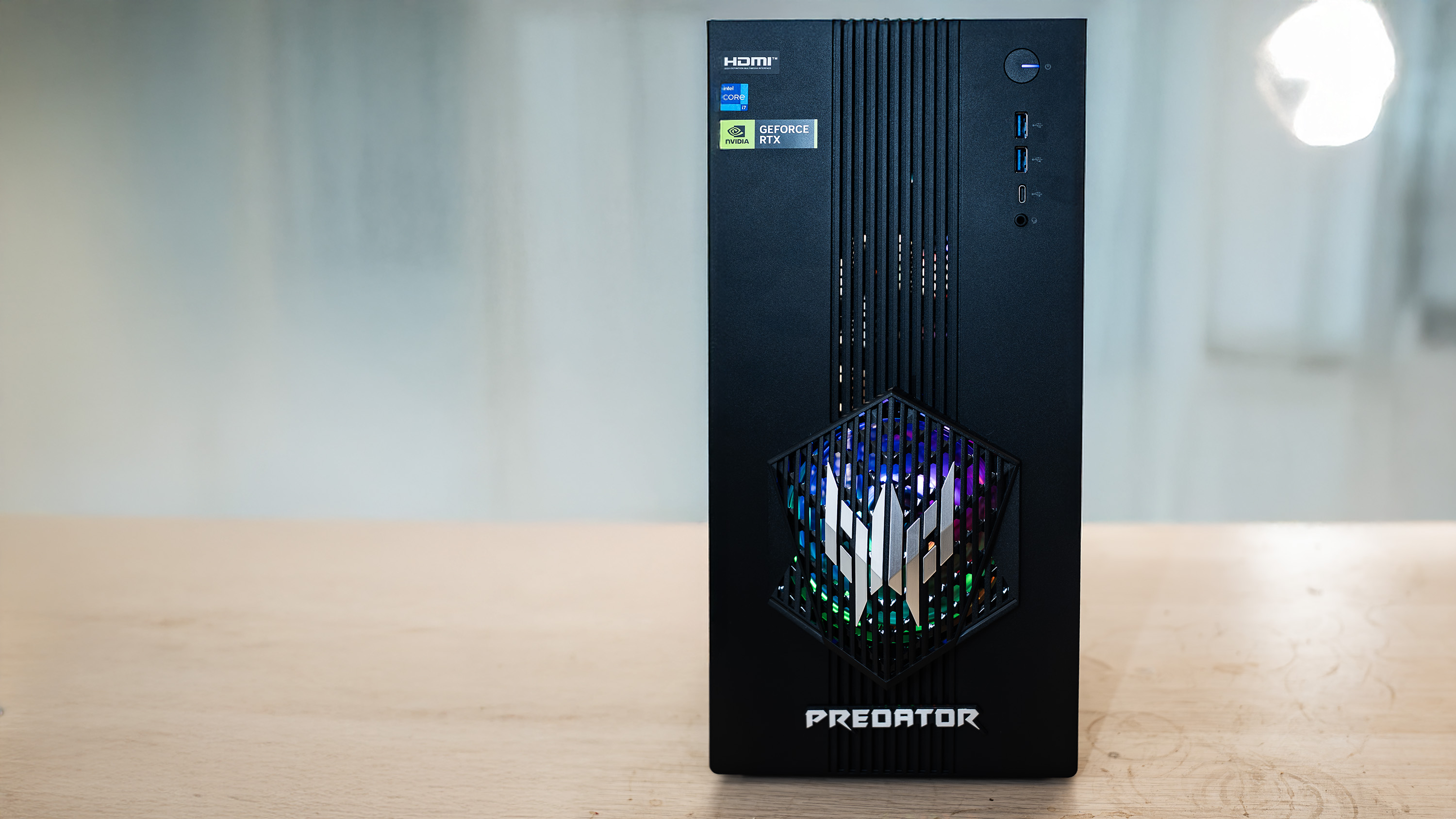I had no idea it was possible to create a working floppy disk from scratch, and neither did this YouTuber until they broke out their engineering chops
Things I will never attempt, item one.
Reasons I am not an engineer: One, I have a limited supply of patience. Two, a limited supply of resources, and three, a limited amount of brain power. YouTuber polymatt, however, appears to have no such issues, as they've built a 3½-inch floppy disk from scratch using nothing but consumer-available materials, some creative thinking, and a whole lot of tenacity.
And when I say from scratch, I really mean it. I initially assumed that polymatt would merely be creating the diskette frame itself, but nope, they've gone ahead and fabricated the internal magnet-coated disk as well (via Hackaday). The project began as all good endeavours do, with the idea of solving a very complicated problem step by step and seeing what can be learned along the way.
Apparently, it's how to make an exact working replica of a 44-year-old storage medium. Anyway, after tearing down a floppy disk to see exactly what it was made of, polymatt took to the task of CNC machining the outer frame.
Child's play, I think you'll agree. Things got really difficult, however, when it came to creating the disk inside. Our brave engineer used a 5-watt laser attached to their CNC machine to cut out an impossibly-thin (and thereby, somewhat floppy) PET film transparent disk, before heat-cycling it in a 3D printer under weight to flatten it out.
But what about the magnetic coating itself? Well, unsurprisingly, this is where things get really complicated. A magnetic black iron oxide powder was suspended inside a binder solution, made up of PVA, isopropyl alcohol, glycerin, and Tween 20 for the surfactant.
Yes, I'm pretending I knew what Tween 20 was before researching this article. Anyway, the icky black substance went through multiple ratio iterations before being de-gassed at the end of every pass to prevent micro bubbles from appearing inside.
The end result, once coated and tacked to the PET film disk, ended up being around 5 or 6 microns thick, which is close enough to the 2 micron thickness measurement of a commercially-manufactured floppy disk for a usable result.
Keep up to date with the most important stories and the best deals, as picked by the PC Gamer team.
After an unsuccessful early test, hobbled by some incorrectly manufactured holes in both the diskette frame and the inner metal attachment, polymatt eventually made his disk spin—only for the coating to peel off immediately at 300 RPM.

This would have been the point where I set everything on fire and moved on to more satisfying endeavours, but I'm not polymatt. Instead, they adjusted the ratios, binding elements, and other variables to create a more resilient disk, eventually arriving at the solution of scuffing the film and heat-treating it before applying the coating and drying it with the aforementioned 3D printer.
Voila, one center ring and some construction later, polymatt was eventually able to spin their homemade construction up and write a small amount of readable data to the disk. It's far from perfect, as vast areas appear to be unsuitable for use, but still: a working, scratch-built floppy disk. Who would have thunk?
I doubt that's enough data storage to make this particular disk viable for use in the few areas where they're still in daily rotation (the San Francisco light rail line, for one), but still. Polymatt's project is a great example of the tenacity of a good engineer—combined with modern consumer materials and hardware—creating something that the world's most high-tech manufacturing facilities would be proud of a few decades ago.
Next up, CD-ROMs, right? Screw 300 RPM, I wanna see what a high-speed 7200 RPM drive does to a homemade coating.

1. Best overall: Adata SD810
2. Best budget: Crucial X9
3. Best for video editing: Samsung T9
4. Best USB4: Sandisk Extreme Pro
5. Best thumb drive replacement: Seagate Ultra Compact
6. Best durable drive: LaCie Rugged Pro 5
7. Best budget durable: Samsung T7 Shield
8. Best for backups: SanDisk Desk Drive

Andy built his first gaming PC at the tender age of 12, when IDE cables were a thing and high resolution wasn't—and he hasn't stopped since. Now working as a hardware writer for PC Gamer, Andy spends his time jumping around the world attending product launches and trade shows, all the while reviewing every bit of PC gaming hardware he can get his hands on. You name it, if it's interesting hardware he'll write words about it, with opinions and everything.
You must confirm your public display name before commenting
Please logout and then login again, you will then be prompted to enter your display name.


